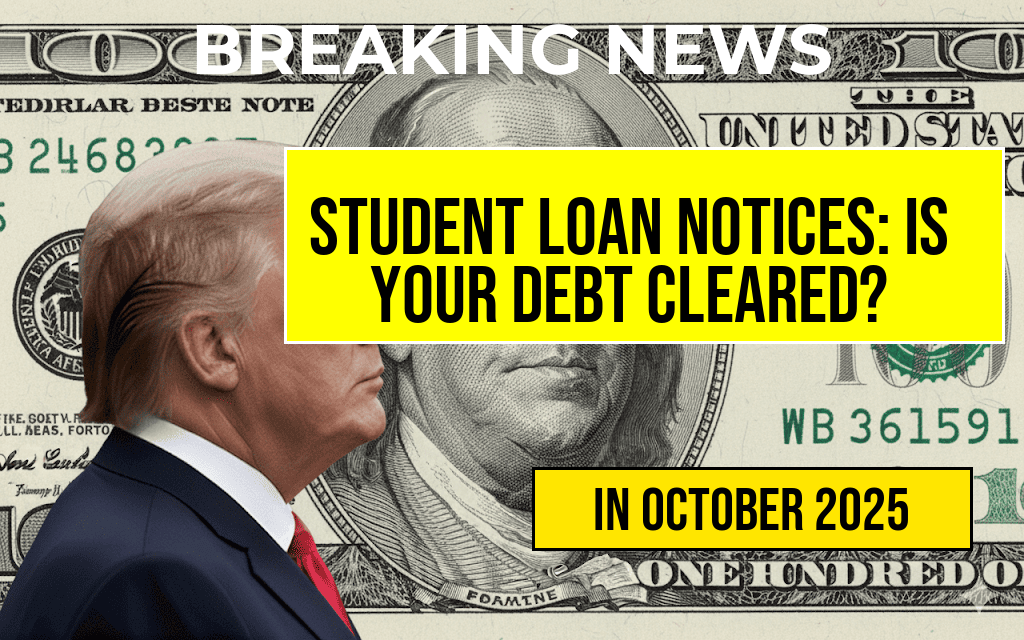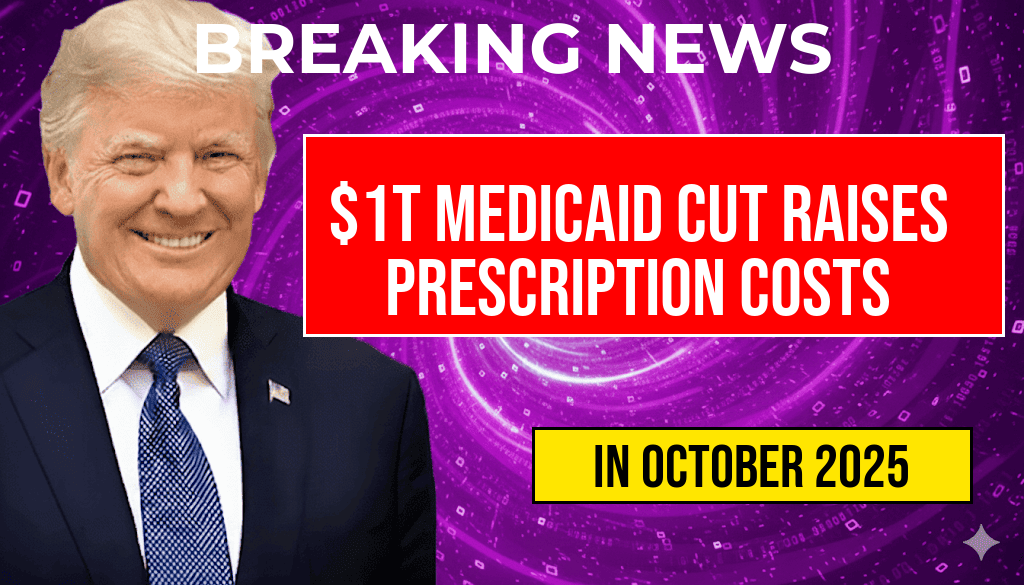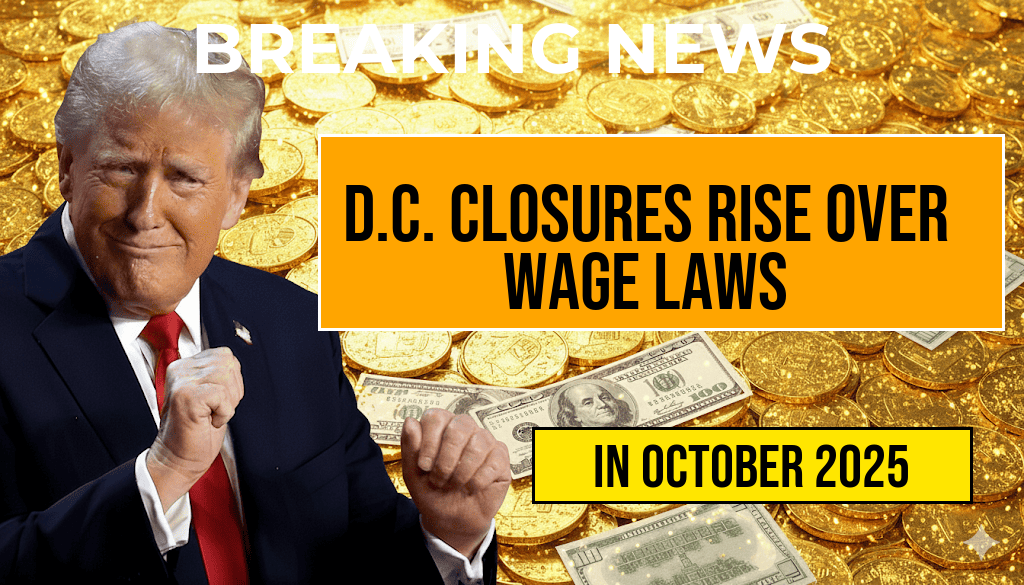Students across the United States are receiving unexpected notifications that their student loan balances have been cleared, often referred to as the “Golden Letters.” These notices, typically arriving via physical mail or email, inform recipients that their previously owed amounts—sometimes totaling upwards of $30,000—have been paid off or forgiven. While some borrowers are celebrating the debt relief, others are cautious, questioning the authenticity of these notices amid rising concerns about potential scams or administrative errors. The influx of such communications coincides with recent federal initiatives aimed at forgiving or cancelling student loan debt, prompting many to verify whether these notices reflect genuine progress or are fraudulent attempts to mislead borrowers.
Understanding the Nature of the Notices
What Are the Golden Letters?
The term “Golden Letters” has emerged informally to describe official notices that confirm the complete or partial forgiveness of student loans. These notices often feature official letterheads from loan servicers or the Department of Education and include details about the borrower’s account, the amount forgiven, and the date of the debt cancellation.
Common Scenarios Triggering These Notices
- Loan Forgiveness Programs: Borrowers qualifying under programs such as Public Service Loan Forgiveness (PSLF) or income-driven repayment plan forgiveness may receive these notices once their eligibility is confirmed.
- Administrative Error Corrections: Occasionally, errors in loan accounts are rectified, resulting in debt cancellation and a corresponding notification.
- Debt Relief Initiatives: Recent federal efforts to cancel student debt—such as the Biden administration’s targeted debt relief plans—have increased the volume of such notices.
Verifying the Authenticity of the Notices
Steps Borrowers Should Take
| Step | Action |
|---|---|
| Check Official Sources | Visit the official Federal Student Aid website or your loan servicer’s portal for updates on your account status. |
| Verify Contact Details | Ensure the notification comes from a recognized entity—such as your loan servicer or the U.S. Department of Education—and not from suspicious email addresses or phone numbers. |
| Contact Your Loan Servicer | Call or email your loan servicer directly using contact information obtained from official channels to confirm the status of your loan. |
| Beware of Scams | Be cautious of unsolicited requests for personal information or payments that claim to expedite loan forgiveness. |
Potential Reasons for Discrepancies
Administrative Delays or Errors
Occasionally, the agencies responsible for processing student loan forgiveness encounter backlogs or technical glitches. This can lead to premature or incorrect notices being sent out, which borrowers should verify before taking any action.
Fraudulent Communications
Scammers often exploit the confusion surrounding student loan forgiveness by sending fake notices or phishing emails. These fraudulent messages may request sensitive personal information or direct recipients to fake websites designed to steal identities. It’s crucial for borrowers to scrutinize any communication claiming to cancel their debt carefully.
Implications for Borrowers
What to Do After Receiving a Notice
- Confirm the date and details of the debt cancellation through official channels.
- Update your records and check your loan accounts for changes in balance or status.
- Consult with a financial advisor if unsure about the legitimacy or implications of the notice.
Impact on Credit Reports
Debt cancellation or forgiveness can positively influence credit scores by reducing overall debt-to-income ratios. However, borrowers should review their credit reports from AnnualCreditReport.com to ensure the debt has been accurately reflected and no discrepancies remain.
Legal and Policy Context
Federal Student Loan Policies
The U.S. Department of Education periodically updates its policies regarding student loan forgiveness, often in response to legislative changes or court rulings. Recent initiatives aim to provide relief to millions of borrowers, with some programs offering complete debt discharge for qualifying individuals. Details about these programs can be found on the Student Aid website.
Legislative Developments
In 2023, federal lawmakers debated new proposals for broad student debt cancellation, which could impact the number of notices sent out in the coming months. These discussions remain ongoing, emphasizing the importance of verifying any claims with official sources.
Resources for Borrowers
- Federal Student Aid: Official site for loan information and updates.
- Consumer Financial Protection Bureau: Guidance on avoiding scams and managing student debt.
- Annual Credit Report: Free annual credit report to verify your financial status.
As the landscape of student loan relief evolves, borrowers are encouraged to stay vigilant, verify any notices received through official channels, and seek assistance if uncertainties arise. While the prospect of debt cancellation offers hope for many, ensuring the legitimacy of such communications remains a crucial step in safeguarding personal finances.
Frequently Asked Questions
What are Student Loan Golden Letters and what do they signify?
Student Loan Golden Letters are official notices sent to borrowers indicating that their student loan balance has been fully paid or forgiven, resulting in a zero balance. Receiving this letter confirms that your $30,000 debt has been successfully cleared.
How can I verify if my $30,000 student loan debt has been fully paid off?
You should verify your loan status by contacting your loan servicer directly or checking your online account. Your Golden Letter will also specify the debt clearance. Ensure the balance is updated to zero to confirm the payoff.
What should I do if I receive a Golden Letter but still see a remaining balance online?
If your online account shows a remaining balance despite receiving a Golden Letter, contact your loan servicer immediately to clarify the discrepancy. Keep documentation of the notice in case of future issues.
Are Golden Letters sent to all student loan borrowers?
No, Golden Letters are typically sent only to borrowers whose student loans have been fully paid, forgiven, or settled. If you haven’t received one, your debt may still be outstanding or in the process of being resolved.
Can I rely solely on the Golden Letter as proof of debt clearance?
While the Golden Letter is an important official notice, it’s recommended to confirm your debt clearance through your loan servicer or online account. Keep copies of all correspondence for your records.





